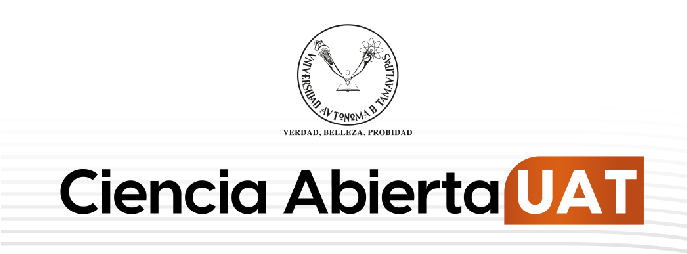Peer Review Policy
All contributions received must have an adequate use of language, no spelling mistakes or grammatical inaccuracies. The Editorial Committee (Evaluators) of the journal Ciencias Veterinarias y Producción Animal will be responsible for approving or not the publication of the manuscripts, and its decision will be final. To make this decision, the Committee will rely on the results of the peer review of the manuscripts. Authors will receive the evaluation report within 2 months, counted from the moment the Editorial Team acknowledges receipt of the manuscript. The Editorial Team performs a preliminary review of all manuscripts to ensure that they meet the requested requirements (see Guidelines for Authors). Manuscripts that pass the first stage of review are sent without the author's name to the Editorial Committee.
The evaluation process is detailed below:
Preliminary Review
- As a step prior to peer review, all proposed manuscripts will undergo a preliminary review by the Editorial Team, which will determine if they meet the guidelines for authors. Only those manuscripts that meet the guidelines will be submitted to the peer review process.
- Manuscripts will be evaluated for plagiarism with specialized software. If the editors consider that plagiarism has been committed, the protocols defined by the Committee on Publication Ethics Council (COPE) will be applied. For further details, please consult our anti-plagiarism policy.
- In the event that manuscripts do not conform to the guidelines for authors, they will be returned to them so that they can make the corresponding modifications.
- If the subject matter of the manuscript does not match the scope of the journal, it will be rejected without evaluation.
Double-blind peer-review
- Manuscripts proposed for the “Scientific Articles” and “Special Section” sections, and which have passed the preliminary review, will be reviewed by the “double-blind peer-review” system, so that the reviewers will not know the identity of the authors and they will not know who evaluated their manuscript. In the event that the results of the opinions are opposed, a third party will be requested to resolve the conflict.
Selection of evaluators
- The evaluators will be academics whose training and experience will enable them to judge the originality, soundness and relevance of the manuscripts.
- The evaluators should belong to institutions other than those of the authors and should not be part of their collaboration networks.
- The evaluators should not have conflicts of interest that could jeopardize the objectivity of their judgment.
Request for evaluation
- The editor will send an invitation to the selected scholars to carry out the evaluation, which will include a letter with the formal request, in which they will find the link to access the journal's guidelines and the anonymized manuscript, so that they can consider whether they are authorized to accept the assignment.
- In case of acceptance, the evaluators will have a period of 5 calendar days to submit their evaluation report.
Result of the evaluation and submission of the report
- The evaluator may issue one of the following recommendations: publishable, publishable with modifications, re-evaluable and not publishable.
- If the two evaluations requested have opposite results (publishable and not publishable or publishable with modifications and not publishable or reevaluable), a third evaluation will be requested and its decision will be final.
- If the results are publishable and publishable with modifications, the corrected manuscript will be submitted to a second reading by the evaluator to determine if the modifications were adequate; if the modifications are not considered satisfactory, the article will be rejected. Authors will have two weeks to submit the new version of their manuscript.
- If both reviewers conclude that the manuscript is unpublishable, it will be rejected.
- In all cases, the Editorial Team will send the peer review report to the authors so that they can enrich their manuscript with the comments made.
- The Editorial Team reserves the right to discard an evaluation and to resort to a new evaluator if it is considered that an opinion does not have the academic level or the argumentative rigor necessary to support its verdict, or if the terms in which it was written could be offensive to the authors.
Rejected manuscripts
- Manuscripts that have been rejected after the evaluation process may be proposed again by the authors, once the recommendations of the evaluators and editors have been addressed. These manuscripts will be considered as a new collaboration and will be submitted to the peer review process in its entirety, initiating a new deadline to issue the result.
Accepted manuscripts
- Authors whose manuscripts have been accepted will receive a letter stating the decision.
- The publication of manuscripts will be scheduled according to the order in which they were received by the Editorial Team, regardless of the date of acceptance. In other words, a manuscript received in January and approved in August will have preference over one received in February and approved in July.
- If the article allocation of the immediate issue has already been filled by the time a manuscript has been approved, its publication will be scheduled until the next issue.
- Once a manuscript has been accepted, letters of assignment signed by the person responsible for the manuscript will be collected, without exception.







